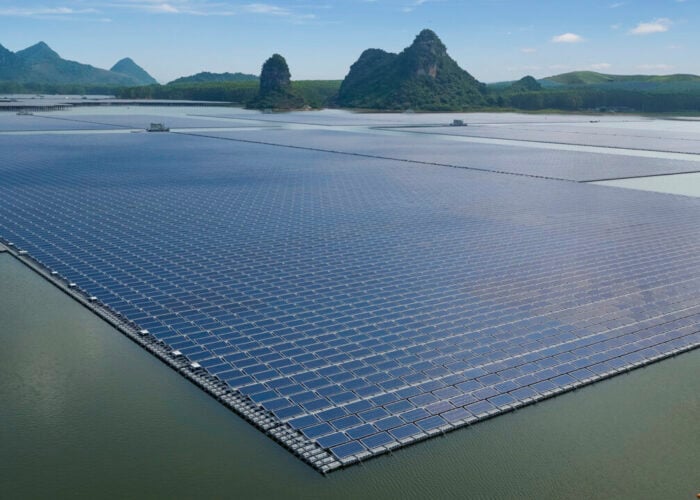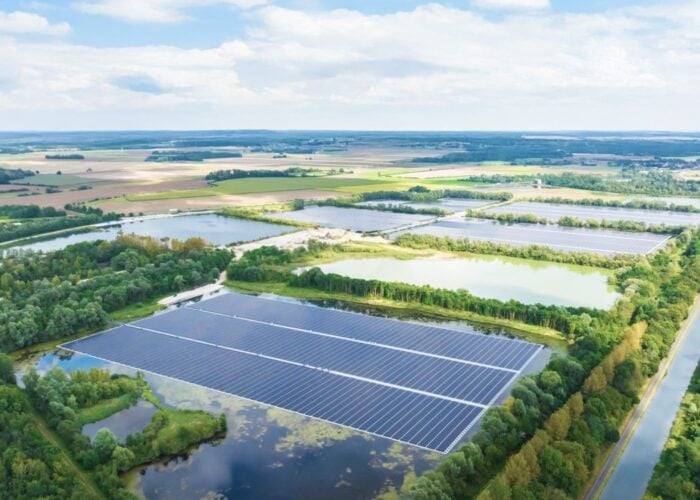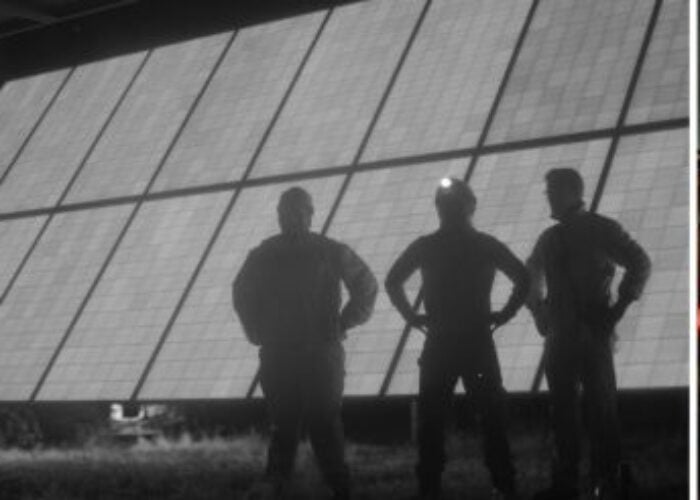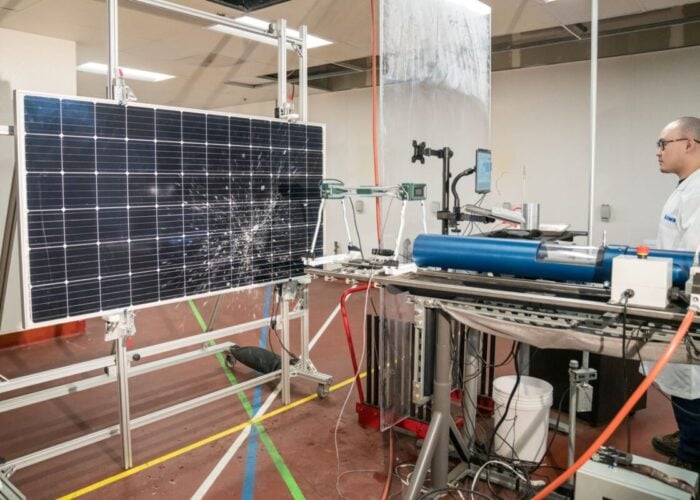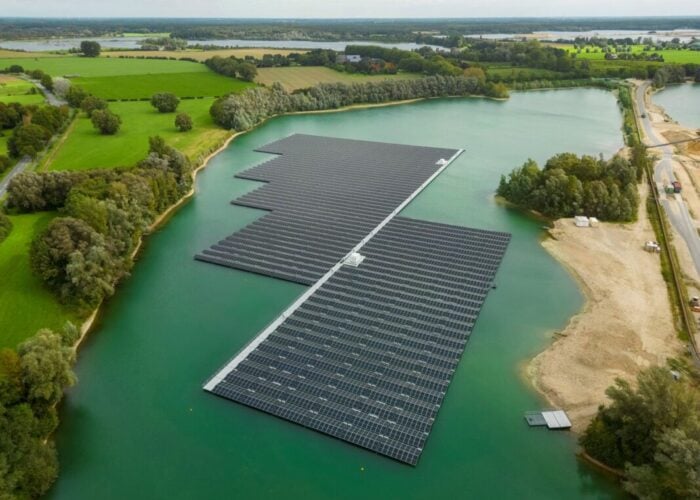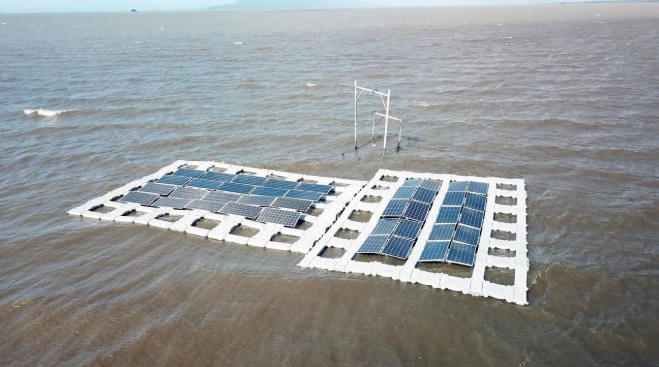
The Philippines' first and biggest floating solar (FPV) testbed, which is under construction in Southeast Asia's third-largest lake, aims to demonstrate how the technology combined with a screw piling method can withstand typhoons in a region that has on average 20 storms each year.
Filipino renewable energy developer SunAsia Energy recently completed the first segment of this 20.5kW floating PV testbed that is owned by its subsidiary NorteSol Energy. The system uses modules from Chinese manufacturer Trina Solar, with half the plant using aluminium-framed panels and the other half frameless panels. More modules from other manufacturers will also be tested in a second phase.
Unlock unlimited access for 12 whole months of distinctive global analysis
Photovoltaics International is now included.
- Regular insight and analysis of the industry’s biggest developments
- In-depth interviews with the industry’s leading figures
- Unlimited digital access to the PV Tech Power journal catalogue
- Unlimited digital access to the Photovoltaics International journal catalogue
- Access to more than 1,000 technical papers
- Discounts on Solar Media’s portfolio of events, in-person and virtual
The project is located on Laguna Lake, 55 kilometres south of the business district of Makati City, which is part of the huge Manila metropolis, on the northern island of Luzon.
Theresa Capellan, president of SunAsia Energy told PV Tech that the results of the testbed would be shared at a floating solar conference in June – adding: “We will scale up to utility size FPV as soon as the testbed yields a favourable outcome, which we are optimistic about.”
Wind and waves
The Laguna Lake natural water resource covers 95,000 hectares and crosses several cities and towns. Last December, NorteSol Energy signed an agreement with the Laguna Lake Development Authority (LLDA) to pilot FPV solar in the lake and study its engineering and operational feasibility, particularly during the typhoon season from June to September.
“Laguna Lake is a challenging location for a floating PV solar because of its waters, winds and waves. We know that storms visit the Philippines 20 times a year, on average,” said Karlo Abril, project officer of SunAsia Energy.
Abril explained that in Japan and Taiwan, FPV plants tend to be bolted on the water surface to ensure stability from strong waves and gusty winds during the typhoon season. Whereas, SunAsia Energy has introduced a screw piling method in the Philippines as its anchoring solution in anticipation of strong storms.
French floating solar pioneer Ciel et Terre also offered its expertise in the installation processes for the Laguna Lake-based project.
Various aspects of the plant will be tested including the Trina Solar modules, looking at the effect of aluminium frames, among other materials, on water surfaces. SunAsia will also be using advanced sensors to record weather movements, track wind speed, tag wave fluctuations, and monitor water quality changes.
“Experience in Singapore and Vietnam reveals that the greatest advantage of floating solar is its cooling effects to the waters,” Capellan added in a release. “Solar panels on waters reduce evaporation during summertime, increase oxygen levels, and improve the overall water quality of the lake’s fishing grounds. This implies that FPV solar can help increase fish population as cooler waters increase zooplankton making it easier for fish to find food as well as reproduce.”
SunAsia is already well established in the Filipino renewable energy space having one of the largest utility-scale PV plants in Toledo, Cebu, and what it claims to be a first-of-its-kind microgrid system in San Jose del Monte, Bulacan.


